Amid the hustle and bustle of modern Newcastle, an incredible archaeological discovery has been made beneath the feet of unsuspecting workers. While conducting routine maintenance on a water main, a section of Hadrian’s Wall, one of the most iconic structures of Roman Britain, was uncovered. Dating back almost 1,900 years, this remarkable find sheds new light on the history and construction of this ancient engineering marvel.
Introduction: Unearthing History Beneath Newcastle
Hadrian’s Wall, which stretches across northern England from coast to coast, has long captured the imagination of those interested in Roman history and architecture. This defensive barrier, commissioned by Emperor Hadrian in AD 122, marked the northwestern frontier of the Roman Empire and was intended to control the movement of people, trade, and military forces. While the wall itself is well-documented, new findings continue to shed light on its construction and the way it evolved over time. The recent discovery of a section of the Wall in Newcastle, while not planned, has provided a rare glimpse into its origins and early phases.
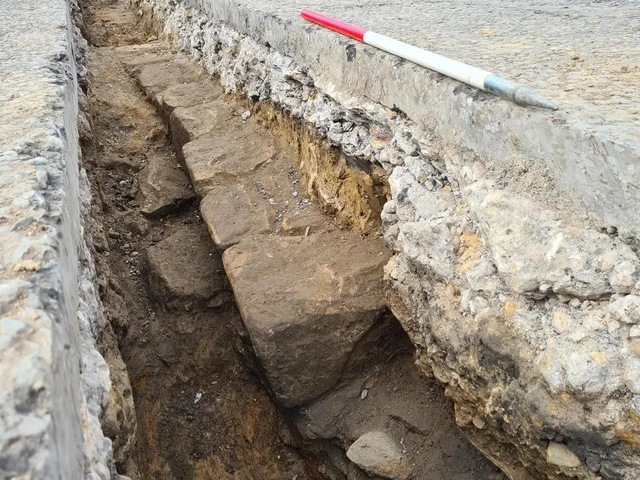
The discovery occurred during a £5 million infrastructure project by Northumbrian Water, aimed at improving water quality for approximately half a million residents in Tyneside. As workers were digging to replace a water main, they stumbled upon the ancient structure. What they uncovered was a section of Hadrian’s Wall about three meters long, situated just east of the Two Ball Lonnen roundabout. This unexpected find has thrilled archaeologists and historians alike, as it not only highlights the preservation of Roman engineering but also deepens our understanding of life during the Roman occupation of Britain.
Video
Watch the video to explore Hadrian’s Wall in urban Tyneside, as experts excavate the newly discovered Turret 3a. This archaeological find brings new insights into Roman history!
The Discovery of the Wall: A Glimpse into Ancient Britain
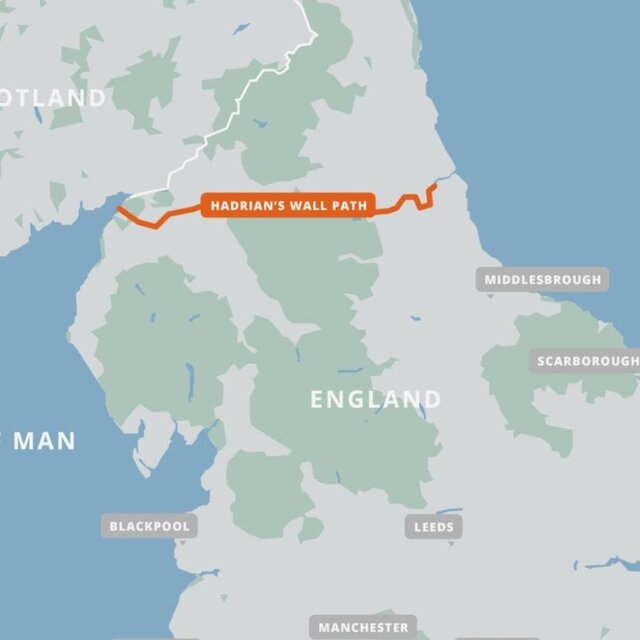
Hadrian’s Wall, a UNESCO World Heritage Site, runs across the narrowest part of Great Britain, covering roughly 73 miles from the River Tyne on the east coast to the Solway Firth in the west. This newly discovered section of the wall, lying just beneath the surface near Newcastle, provides further evidence of its strategic placement and the planning involved in its construction. What makes this find particularly significant is its location—it offers a rare look at a section that is believed to be from one of the earliest phases of the wall’s construction.
Unlike later phases, which used smaller, more uniform stones, this section features large blocks of stone, indicating that it was likely built in the initial stages when the Romans used larger materials to create a more formidable structure. This discovery offers a valuable snapshot of the early construction techniques employed by the Roman military engineers and their efforts to establish a strong defensive line.

The Early Phases of Hadrian’s Wall
Hadrian’s Wall was not a singular, continuous effort but was developed in stages, with the wall’s construction spanning several years. The section uncovered near Newcastle is believed to be from one of the earliest phases of the structure’s development. The use of large stones in the initial construction phase was a common practice, as it helped to create a more robust and imposing wall. Later, as the construction process continued and resources became more accessible, smaller, more uniform stones were used, reflecting the evolution of building techniques and available materials.
The discovery of this earlier section provides important insight into the construction process of Hadrian’s Wall, as it suggests that the first stages of the wall’s creation focused on fortifying key points with larger blocks. This finding adds to the growing understanding of how the Romans organized and executed such a massive undertaking and helps pinpoint the initial design and purpose behind the wall.
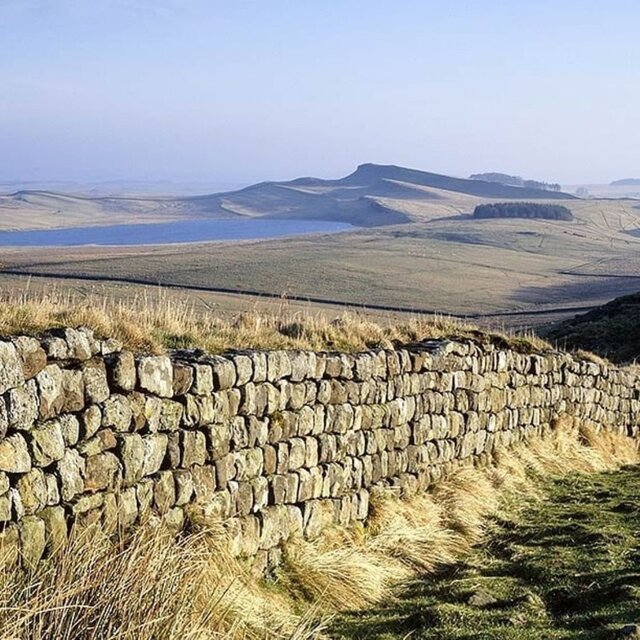
The Role of Northumbrian Water in Preserving History
The discovery of this section of Hadrian’s Wall occurred during routine maintenance work by Northumbrian Water, making it all the more remarkable. The company’s willingness to collaborate with archaeologists from Archaeological Research Services ensured that the find was properly documented and preserved. Graeme Ridley, Project Manager at Northumbrian Water, expressed his amazement at the discovery, highlighting the importance of protecting historical finds during modern development projects. Thanks to their cooperation with archaeologists, the excavation was conducted with care, ensuring that this piece of history will continue to be studied and appreciated.
Philippa Hunter from Archaeological Research Services was part of the team that investigated the site. She remarked that, although Hadrian’s Wall had been well-documented in this part of the city, it was still exciting to encounter remnants of the wall’s earliest phase. This discovery highlights the vital role that infrastructure projects can play in unearthing previously hidden aspects of ancient history.
Hadrian’s Wall: A Monument to Roman Engineering
Hadrian’s Wall was one of the largest and most ambitious building projects undertaken by the Romans in Britain. Built primarily from stone and turf, it was fortified with milecastles, forts, and turrets along its length. The wall was designed to control the movement of people and goods, acting as a barrier to prevent invasions from northern tribes. The discovery of this section of the wall not only underscores the engineering prowess of the Roman Empire but also offers a tangible link to the past.

The Wall was built by three legions of Roman soldiers, each consisting of about 5,000 infantrymen, who were assisted by auxiliary units and even the British fleet. The sheer scale of the undertaking is evident in the complexity of the construction, which required careful planning and coordination. The discovery of this section gives us a rare opportunity to witness the early stages of this monumental project.
The Construction of Hadrian’s Wall: An Army’s Endeavor
The construction of Hadrian’s Wall was a massive military effort. The work was carried out by Roman legions stationed in Britain, who were tasked with building the wall as part of their duty to protect the empire’s northern frontier. The soldiers worked alongside auxiliary troops, including cavalry and infantry units, to complete the structure.
Each fort along the wall was designed to accommodate a single auxiliary unit, and the forts were strategically placed to create a defensive network. This section of the wall found near Newcastle is a testament to the scale of this effort, showcasing the hard work and organization required to build such a vast structure.
The Social and Military Aspects of Hadrian’s Wall
Hadrian’s Wall was not only a military structure but also a social one. The soldiers who manned the wall were often accompanied by their families and camp followers. These communities would have lived near the forts and milecastles, contributing to the social fabric of life on the frontier. The discovery of this section of the wall provides a glimpse into the daily lives of those stationed there and the role that the wall played in shaping the local society.
Excavations around the forts have revealed the existence of civil settlements, which were likely inhabited by both Roman soldiers and their families. These settlements were crucial for supporting the military presence and ensuring the continued success of the frontier.
The Decline and Reuse of Hadrian’s Wall
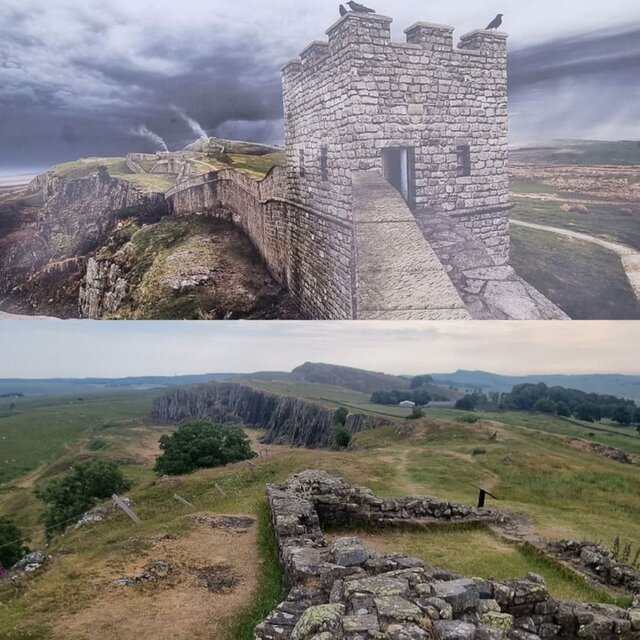
Over time, Hadrian’s Wall fell into disrepair, and much of its stone was repurposed for the construction of castles, churches, and houses. The conservation efforts in the 18th and 19th centuries helped to preserve the remaining sections of the wall, and modern archaeology has worked to protect and study it.
Today, Hadrian’s Wall stands as a symbol of Roman power and ingenuity, attracting tourists and historians alike who seek to learn more about its fascinating history.
Hadrian’s Wall Today: A UNESCO World Heritage Site
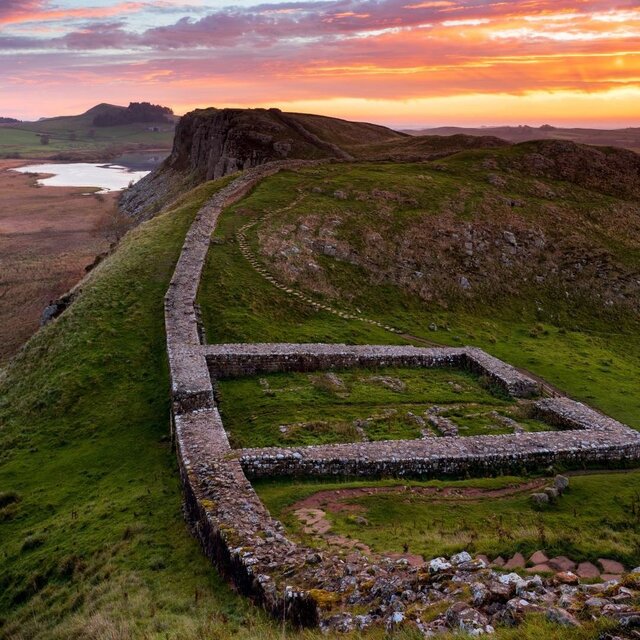
Recognized as a UNESCO World Heritage Site, Hadrian’s Wall continues to be an important historical and cultural landmark. It attracts visitors from all over the world who come to explore its ruins, walk along its path, and experience a piece of ancient history. The wall remains one of the most well-preserved examples of Roman military architecture, and the discovery of this new section near Newcastle only adds to its mystique and historical significance.
Conclusion: The Lasting Legacy of Hadrian’s Wall
The recent discovery of a section of Hadrian’s Wall near Newcastle is a reminder of the enduring legacy of this incredible monument. As archaeological work continues, more sections of the wall may be uncovered, further enriching our understanding of Roman Britain and its role in the empire. Hadrian’s Wall is not just a relic of the past; it is a living testament to the ingenuity, power, and organization of the Roman Empire.
Video
Check out the full History Hit series on Hadrian’s Wall, where you’ll discover the final frontier of the ancient Roman Empire. It’s an in-depth look at one of history’s most fascinating landmarks!



